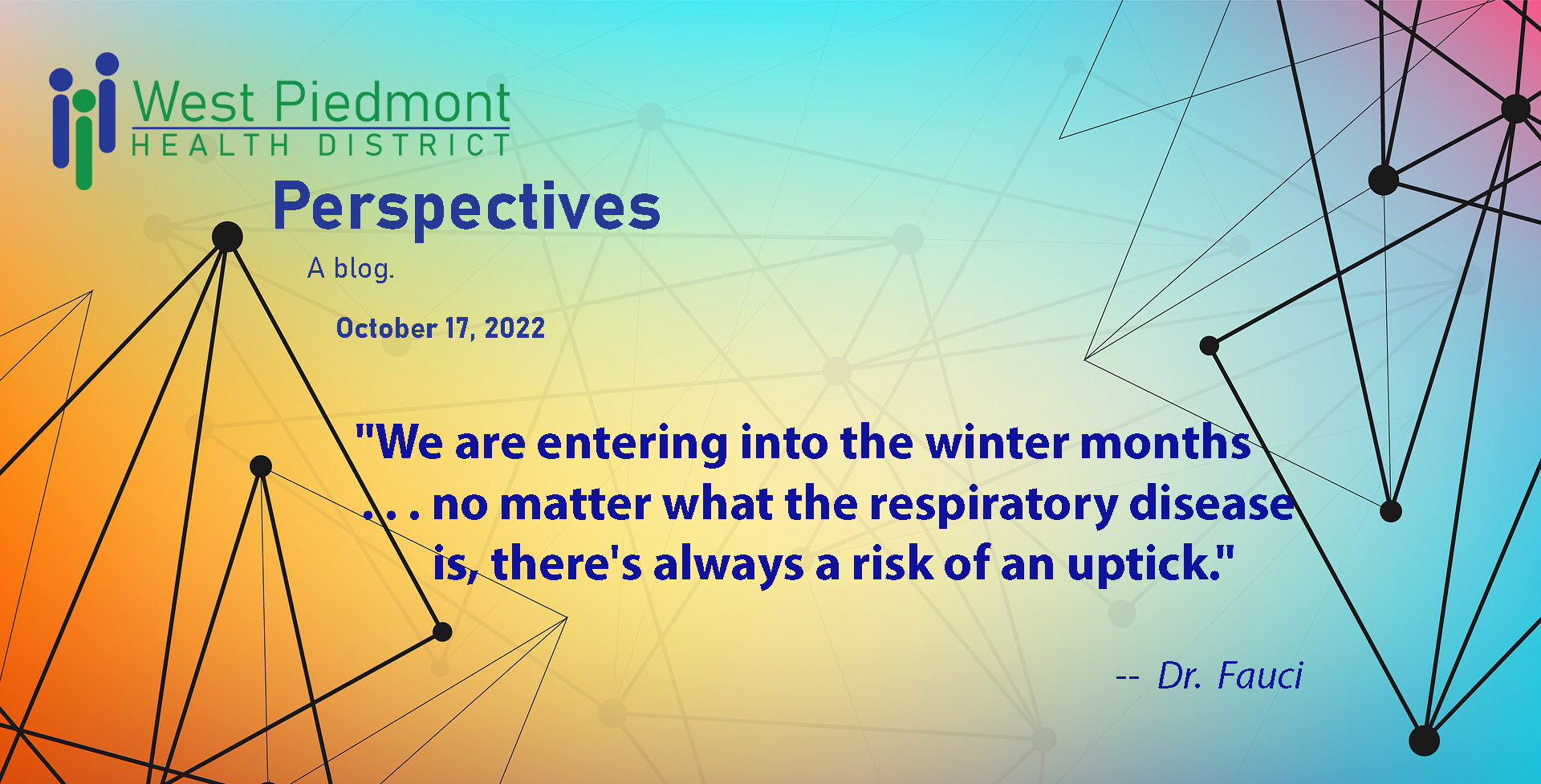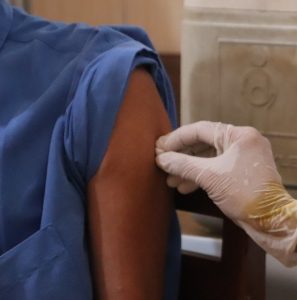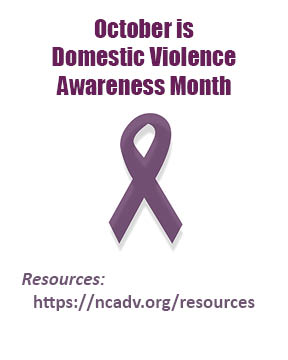
Focus on Facts
● NIAID director Anthony Fauci said Tuesday that "we should not be surprised" if a new COVID-19 variant emerges this winter. Fauci said we're currently moving "in the right direction," But, but, but: "We are entering into the winter months, where no matter what the respiratory disease is, there's always a risk of an uptick."
- Last winter, the Omicron variant led to a surge in COVID-19 cases as public health officials urged people to get vaccinated or get booster shots.
- Since then, there have been multiple Omicron sub-lineages, Fauci added.
- An updated Omicron-specific booster, called bivalent, has been recommended for certain age groups in the U.S.
● Recently, Pfizer and BioNTech requested Emergency Use Authorization (EUA) from the FDA for a booster dose of their Omicron BA.4/BA.5-adapted bivalent COVID-19 vaccine for children aged 5 through 11 years.
● They have also started a study to evaluate the safety, side effects, and immune response of different doses and dosing regimens of their Omicron BA.4/BA.5-adapted bivalent COVID-19 vaccine in children aged 6 months through 11 years.
● The CDC and the National Center for Health Statistics, released data that shows more than 80 percent of people with long covid experience limitations in day-to-day activities. Despite the potentially deleterious — and enduring — consequences of a coronavirus infection, only 7.6 million people in the United States have received the updated booster shot targeting the omicron variant. WAPO 10/7
- According to VDH, the number of reported cases of monkeypox in Virginia has been trending downward since late August. Overall, the number of new reported cases in the U.S. has also been trending downward. However, CDC continues to urge health departments, clinicians, and the public to remain vigilant, institute appropriate prevention and control measures, and notify public health authorities of suspected cases to reduce disease spread. A total of two deaths due to monkeypox have been reported in the U.S.
- Four of 10 Americans surveyed report that they were often less than truthful about whether they had COVID-19 and/or didn't comply with many of the disease's preventive measures during the height of the pandemic, according to a new nationwide study led in part by University of Utah Health scientists. Why? Wanting to feel normal and exercise personal freedom. Read more.
News You Can Use
Still Don't Have Your Flu Shot? Get it Now!
Flu can be serious even in healthy people. Some people are at higher risk of serious illness if they get the flu:
- people aged 65 years and older,
- young children, especially those under 2 years of age,
- pregnant people, and
- people with medical conditions like asthma, diabetes, heart disease, lung disease, or neurologic conditions.
- Some experts are predicting a significant increase in flu cases this season in the U.S. and have expressed concerns about a surge in both flu and COVID-19 infections this winter.
- September and October are generally good times to get vaccinated against flu. Though it is ideal to get vaccinated by the end of October, it’s important to know that vaccination after October can still provide protection during the peak of flu season.
● Flu vaccination is recommended every year for everyone 6 months and older. There are a few exceptions.
- For the 2022-2023 flu season, there are three flu vaccines that are recommended for people 65 years and older.
- These are Fluzone High-Dose Quadrivalent vaccine, Flublok Quadrivalent recombinant flu vaccine and Fluad Quadrivalent adjuvanted flu vaccine.
- This recommendation was based on a review of studies, which suggests that these vaccines are possibly more effective than standard dose unadjuvanted flu vaccines in this age group.
- There is no preferential recommendation for people younger than 65 years.
- Vaccine providers can safely give COVID-19 and flu vaccines without regard to timing. This means patients can get COVID-19 and flu vaccines at the same visit.
VDH/OEPI/DSI 10/4/2022
Equity Tip
Equity in service delivery: When patients don’t speak your language
Getting medical care, whether of a routine or urgent nature, can be stressful for patients at the best of times. When the patient doesn’t speak the language, communication can present an insurmountable obstacle for both the patient and the provider.
Change Your Mindset: Don’t think of interpretation and translation in terms of an expense. The return on investment (ROI) of interpretation and translation services is a smoother communications process and an increase in the quality of service you provide your patients. Plus, it limits your risk, like an insurance policy. Removing the language barrier will improve the patient experience and help ensure your patients feel comfortable getting the care they need. Follow the link below and use these twelve tips to develop your communications plan, You will provide better service and ensure equity in your service delivery.
Read more at When Patients Don't Speak Your Language by Wendy Pease
~Pamela Chitwood, Population Health Community Coordinator Pamela.chitwood@vdh.virginia.gov 540-484-0292 ext. 223

Mental Health
Monday was World Mental Health Day, an international day of awareness and action to push back against stigma and support mental health. But every day is an opportunity for employers to check in with their people and rededicate their company to their well-being. Here are 7 steps to having a conversation about mental health in the workplace:
- Start your meetings by asking how your employees are really feeling. Just as it’s normal to say when you’re feeling sick, you want employees to say when their mental health isn’t doing so well. The more often you have these conversations, the easier they are for everyone.
- Do some active listening. Put down your phone, close the laptop and give your full attention. Resist the urge to break an uncomfortable silence — your employees are likely to fill that awkward space with how they’re actually feeling.
- Share observations with care and concern. Gently point out behavior that has changed or that has you concerned, then ask if they’d like to talk or how you can help.
- Ask open-ended questions. Example: “I see that you are under a lot of pressure with this project. What are you doing to cope with stress and how can I help?”
- Discuss next steps. Those might be connecting your employee to professional care, or maybe just making a plan for follow-up conversations.
- Set up an open-door policy. No one is going to come through that door if you don’t reach out first.
- Encourage team members to check in on each other. Just remember, this is in addition to your check-ins, not to replace your initiative.
Have you noticed a change in some folks since the pandemic? Read about Pandemic Personality below.
The Epi-Center
Epidemiology is the science at center of public health.
Boost the Booster
- Covid-19 boosters could prevent about 90,000 US deaths this winter, but only if more people get the shots, a new analysis suggests. The study, published recently by The Commonwealth Fund, said if booster vaccinations continue at their current pace, the nation could see a peak of more than 1,000 Covid-19 deaths per day this winter. On average, there are now more than 400 daily Covid-19 deaths in the US, data shows. About two-thirds of the US population is fully vaccinated with at least their initial series, according to the CDC. But only about a third of the population has received a booster dose. CNN 10/5/22
- One month since the new COVID-19 boosters became available, it appears the main obstacle to getting more shots into arms is that people simply don’t know about them.
- New polling from the Kaiser Family Foundation shows that half of U.S. adults (51%) have heard “little” or “nothing at all” about the updated boosters — those that were specially formulated for the newer Omicron variants that are causing most current cases of COVID-19.
- The CDC recommends that all vaccinated people ages 12 and up get the new booster — and yet 2 in 5 poll respondents said they weren’t sure if the updated booster is for them.
People haven’t rejected the new boosters; they just haven’t heard about them.
In fact, the polling shows a correlation between hearing about the booster and getting it: across age groups, hearing “some” or “a lot” about the new boosters corresponds to higher rates of uptake or plans to get the new booster as soon as possible. Health Action Alliance 10/7/22
- Don't skip right to the booster. The highest level of protection against the coronavirus comes when a person gets the original vaccines authorized in 2020 and then the current bivalent booster authorized in August. The FDA does not authorize the bivalent vaccines as a replacement for the primary series. The bivalent booster contains components targeting the original version of the coronavirus and the omicron variant. Experts worry that the highly transmissible omicron variant could put people with underlying medical conditions and the elderly at risk of developing severe complications associated with the coronavirus in the fall and winter, which is why people should start the primary doses if they've never been vaccinated. Washington Post 10/3/22
COVID-19 Data
Cases
Over the past 13 weeks by date of illness
Deaths

Other October observances this week:
- Global Handwashing Day (Oct 15)
- National Latinx AIDS Awareness Day (Oct 15)
- World Food Day (Oct 16)
The Pandemic Personality
It’s not just your imagination: The pandemic changed people’s personalities—most markedly in younger adults, according to new research from Florida State University College of Medicine.
Compared to before the pandemic, in the COVID era young adults became more neurotic, moodier, more stress-prone, less trusting, and less responsible, according to data from the Understanding America Study.
Changes were less stark among middle- and older-age participants.
TBD: Whether these changes are temporary or long-lasting.
The latter would be worrying: “Neuroticism and conscientiousness predict mental and physical health, as well as relationships and educational and occupational outcomes, and the changes observed in these traits could increase risk of worse outcomes,” said lead author Angelina Sutin in a release published on News Medical.
